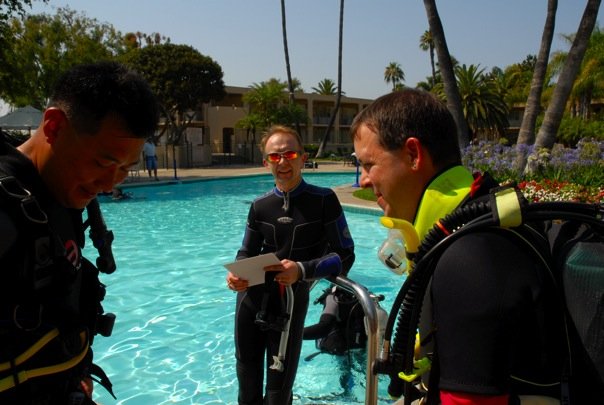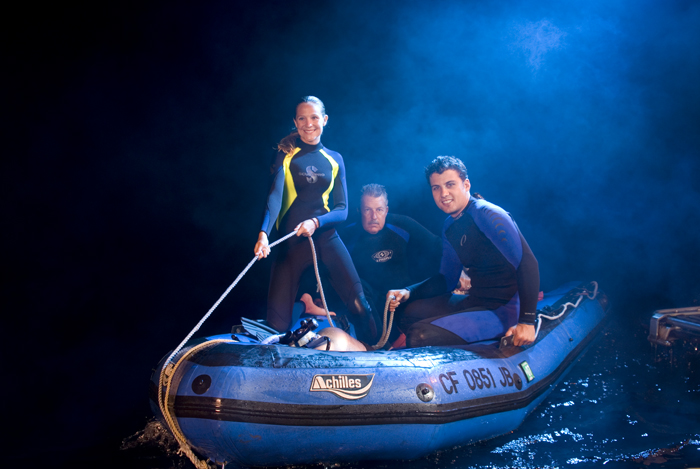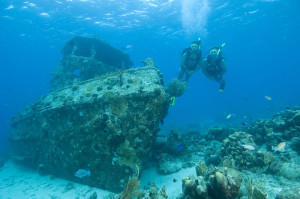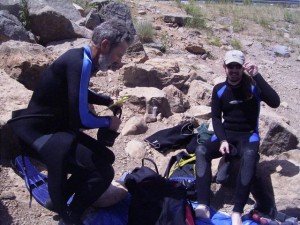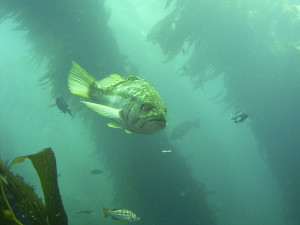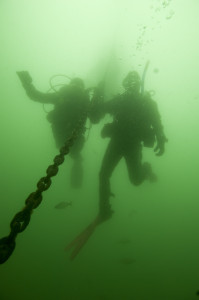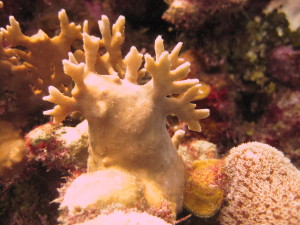What is “Dive Safety?” Are we talking about being ready to respond to problems? Maybe avoiding problems altogether? Planning your dives so you and your buddy don’t get separated? Dive Safety can encompass all of this and much more. Let’s focus on preventing problems for now. In my next blog post, I’ll talk about the PADI Rescue Diver course, which is specifically focused on preventing problems and developing the skills to respond to problems.
Where do we start in preventing problems? Let’s start with you and your buddy. Do you have the skills and equipment necessary to make the dive you want? A recent accident highlighted this. A father and son received new scuba equipment. The father was certified, the son was not. They chose to make a dive in a cave system, for which neither was certified. The outcome was tragic; both died. They were not prepared for the dive they wanted to make. This is an extreme case. Let’s look at a more common case.
What are the five steps to a pre-dive safety drill?
You and your buddy are out on a two-tank dive boat. You’re kitting up and have everything ready. What should you do before you jump in the water? A pre-dive safety check. The mnemonic we teach in the PADI Open Water is BWRAF. Begin With Review And Friend, Big White Rabbits are Fluffy, Bruce Willis Ruins All Films, Bruce Willis Rules All Films, whatever. You need to check your buddy’s
- BCD
- Weights
- Releases
- Air
- Final check.
Does your buddy’s BCD hold air? Is it secure? Is the weight system in place and secure? Does your buddy have trim weights in non-ditchable pockets? Is the weight system ditchable in an emergency, or is it caught under a harness? Know where your buddy’s releases are—BCD and weight releases. Does your buddy have enough air for the dive you’ve planned? Look at the gauge while your buddy breathes off of his regulator. Does the needle stay still or does it drop? That could be an indication that the tank isn’t all the way on. Do both the primary and alternate work properly? Does the power inflator work? Then do a final check. Are you taking along any specialty equipment, like a camera? Make sure it’s ready and that you can enter with it or have it handed down to you. Give your buddy a once-over. Look at everything and make sure nothing’s missing. Where are his mask, snorkel and fins?
Okay, let’s take a step back. We’re about to enter the water and our kit’s all set. What about you and your buddy? Is your head in the game? Are you both focused on making the dive, or is one of you distracted by something? Are you trained for the dive? The Divemaster said it was a dive to eighty feet/24 meters. You and your buddy are only trained to the Open Water Diver level with a maximum depth of 60 feet/18 meters. There is absolutely nothing wrong about speaking up and saying, “I’m not trained to dive to that depth.” That’s what a prepared, mature diver would say.
Ready to dive? Trained for the planned depth? Did you plan it out with your buddy? Part of your dive plan should include some what-if’s. What if you’re separated, what if you have ear problems, what if you see something cool and want to pause. If you plan the dive together and both agree on the plan, separation becomes less of an issue. Be a good buddy—keep an eye on each other. Ask each other how much air you have throughout the dive. Another part of your plan should be at what time or remaining air-pressure should you turn the dive and start heading back. One approach is the rule of thirds. Use one-third of your air on the way out, one third coming back and a third in reserve. So for a 80cf aluminum tank at 3000psi, you could head out until your gauge shows 2000psi, then you come back to the boat or entry area. If you have to wait or spend time at a safety stop or emergency decompression stop, you still have 1000psi left in your tank.
What do you do if you become separated? Agree upon procedures first. A good guideline is search underwater for no more than one(1) minute and then surface. Then WAIT until your buddy joins you. Now, there may be some circumstances where you might wait a bit longer. Imagine you’re on a night dive. Sometimes, you can cover your light and look around for your buddy’s light. It might take more than a minute for you to do that and allow your eyes to adjust so you can see your buddy’s light. Either way, make a plan first with your buddy and stick to it.
What else can you do to prepare for the dive? Think about advanced training. Is the dive you want to do a specialty area, e.g. deep diving, wreck diving, hot spring diving? Specialty training might be the way to go. For a generic approach to preventing and responding to problems, the PADI Rescue Diver course is an excellent first step (see my next blog post). Beyond that, additional training in how to respond, specifically diving first aid such as the DAN diving first aid programs, is ideal, especially if you’re going to be diving in remote areas.
